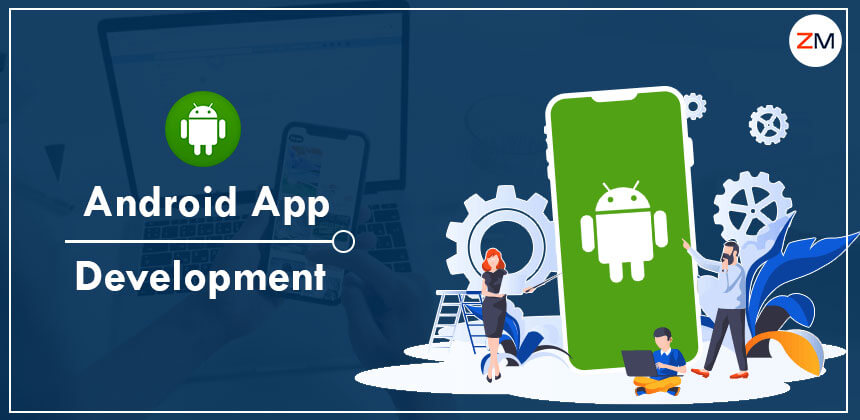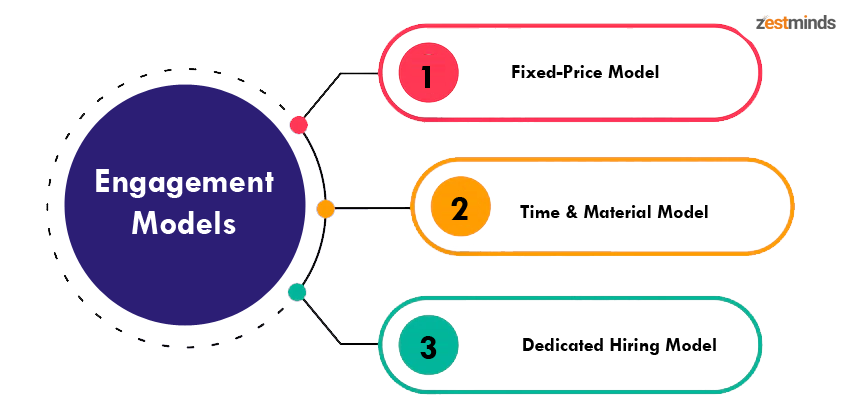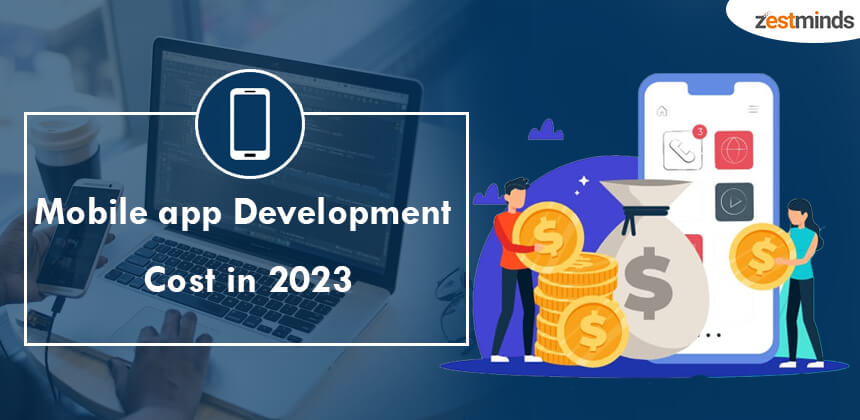Best Tips For Increasing Mobile App Engagement And User Retention
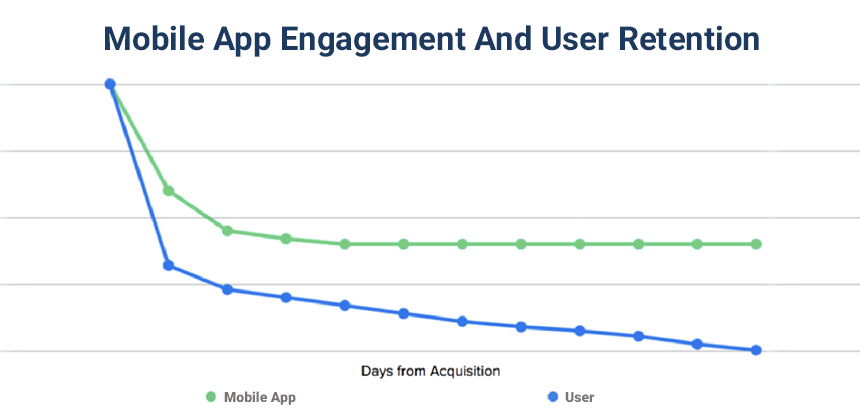
Globally, mobile app companies are experiencing a mobile engagement problem. While new user acquisition and downloads provide an initial boost, what matters in the long run is your app's user retention, or how many people stick around. The relationship between the app and the user, like any other, boils down to how satisfied the users are. Let's learn more about retention and a few tried-and-true ways for increasing app retention.
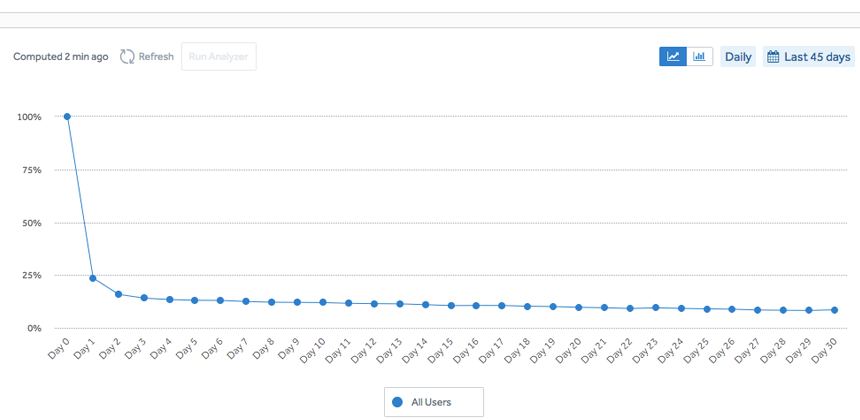

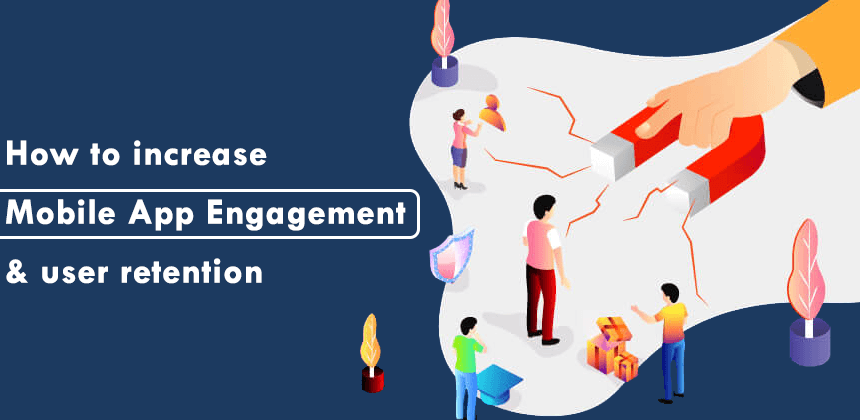

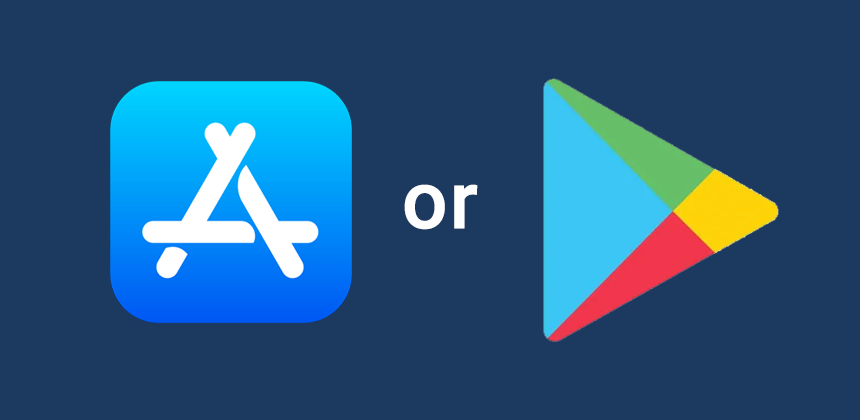
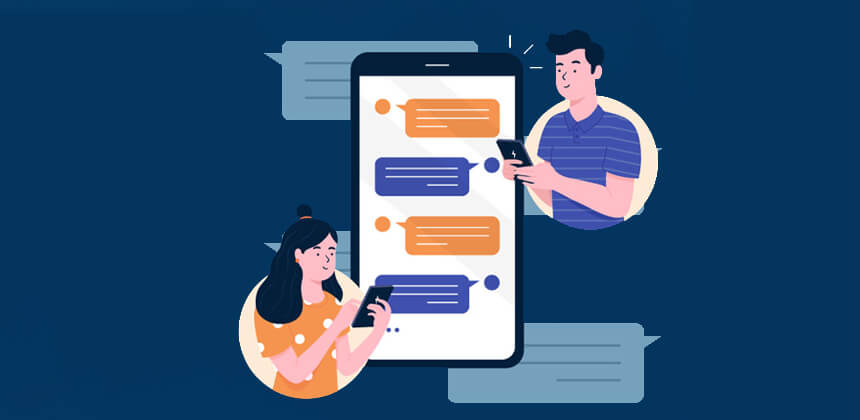
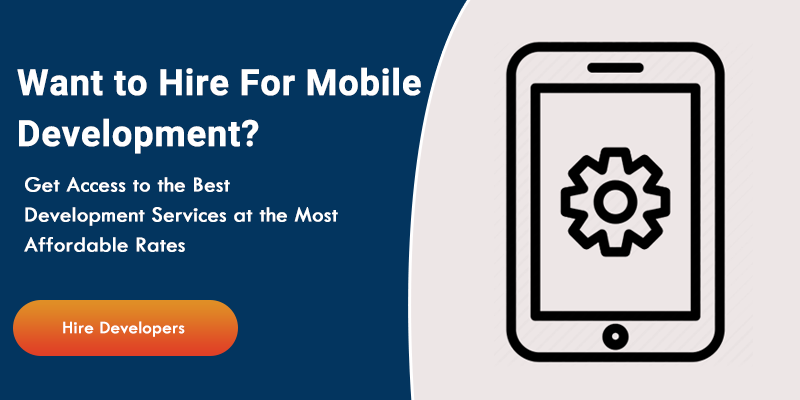

What is a Retention Rate?
A retention rate is the percentage of users who continue to use your app after a specified period, which is often measured after Day 1, Day 7, and Day 30. The longer a user stays with you, the more probable it is that you will raise your revenue. Furthermore, a high retention rate for mobile apps indicates that users are satisfied. A low retention rate may indicate that there is a problem with your app. For example, if you find a disproportionately high amount of users abandoning your app on Day 1, you may have a problem with your app's onboarding.Retention Versus User Acquisition
User acquisition and retention are two sides of the same coin: mobile marketers must attract users in order to achieve significant growth, but it is equally critical to retain as many of those people as possible. It is critical to determine which channels are producing the highest value users so that you can invest in retention methods to keep them in-app for longer periods of time and maximise their LTV.
What is a Good Retention Rate for Mobile Apps?
An Adjust study analyzed retention rates across all verticals and discovered that Day 1 retention on Android and iOS was 26%. On Day 7, this figure has dropped to 11% for Android and 12% for iOS. By Day 30, both Android and iOS retention had averaged 6%. What is the takeaway here? You have high retention rates if your app retains more than a third of users on the first day. The average retention rate, on the other hand, will vary depending on the app category and should be evaluated by testing over time.Which App Category has the Highest Retention Rate
Because of user behaviour and the underlying structure of the apps in question, retention rates between app categories might vary greatly. A good utility, such as a weather app, will have a high retention rate since customers check the weather on a daily basis. In contrast, some travel apps will have low 30-day retention because customers may download an airline's official app to receive boarding passes and then uninstall it afterward.Why you Need to Focus on Retention Rate
When you are first starting out and have just launched your app, your primary focus is new acquisitions, i.e. app installations. However, if you have a sizable number of users, you must also concentrate on retaining those people. As the number of users grows, you will need to shift your attention from new acquisitions to user retention. User retention is not a new notion, and it has long been a proven strategy for any company's long-term growth. Several figures from the industry speak to the cost-benefit of retaining existing consumers rather than pursuing new users. This element is discussed extensively in our article 'Breaking Down the Recipe for Samosa's Success'. Pareto Principle According to a Lee Resource Inc. analysis, persuading new clients will cost your firm five times as much as keeping existing ones. The well-known Pareto Principle (80/20 rule) applies equally to mobile apps, with 80% of future profits coming from the critical few, i.e. 20% of your existing customers. Existing and satisfied customers are more receptive to marketing messages and are more inclined to refer new customers. Increasing user retention by 1% can result in revenue increases of 5-10%. Simply said, retention marketing or re-marketing is less expensive and yields a larger ROI because you have a higher possibility of selling to an existing customer.Ways to Measure User Retention Rate
The retention of an item can be measured in a variety of ways, such as by examining the range, rolling the item, and brackets. Users who return to the app within X days after first using/installing it is the most common way to measure its popularity.Week on Week Retention
Different verticals' user retention rates Because of the different structure of sectors, it is impossible to establish a single app retention rate baseline. An e-commerce app, a social media app, or a learning app may all have very different ideas about what constitutes "excellent" app retention. Statisticians report an average user retention rate of under 20% across all industries. Apps in the finance industry should have a user retention rate of at least 25%. Apps for cabs and grocery shopping have very high usage rates. They have the potential to have a high user retention rate if they are correctly developed. While Communication and News apps have the highest retention rate and frequency of use, apps that give personalization items like as screensavers and themes may have a very low chance of retaining users because once a theme is downloaded, the user may not change for a long time. Health and medical applications are also utilised less frequently, and users may abandon them once their objectives have been completed. Oversupply is a challenge in every industry today. With an expanding number of apps on the market and decreasing attention spans and time, user retention rates are quite low and rapidly declining. Clearly, the importance of improving customer retention cannot be overstated. Let's look at some tried-and-true tactics for keeping your users.
How to Increase Mobile App Engagement & User Retention
The fundamental statistic that determines the success of your mobile app is user engagement. As a result, it's in your best advantage to make your digital product as appealing as possible. How will you accomplish this? These eight tried-and-true tactics are a surefire recipe for success and great retention rates!1. Simplify the Onboarding Flow
Your mobile app's first impression is essential. It is for this reason that the onboarding process needs to be flawless! Therefore, keep it as straightforward and simple as possible. Consumers only have 20 seconds to judge your app, according to Appsee. Otherwise, they'll shut it down and never return. You may encourage users to explore your app and find its hidden features by developing a simple and intuitive onboarding experience. So you don't have to take my word for it, a Localytics study found that with a suitable onboarding experience, mobile apps may raise retention rates by more than 50%. So, how can you ensure that your users have a seamless onboarding experience? Use the following best practises:-
• Highlight your application's key features and let users know what to expect.
• Do not barrage users with useless queries; instead, simply ask for what you truly require.
• Keep the sign-up process short and simple by allowing users to register using their Facebook or Google accounts.
• Avoid the obvious - describing the navigation structure or iconography in many circumstances is superfluous and just prolongs the onboarding process.

2. Ensure Good Performance
If you want to boost user retention, one of the first things you should focus on is app performance. We live in a constant rush nowadays, which does not exactly foster patience. So, be warned: if your mobile app is sluggish or if numerous issues keep cropping up, it's not exactly conducive to high engagement. People will simply switch to a more superior product. After all, nothing is more vexing than an app that simply does not function properly. To ensure good app performance, you must first reduce app crashes, improve gesture detection accuracy, and reduce loading times. But wait, there's more! In truth, the list of the most critical technological concerns is fairly long. Take some time to monitor the overall functioning of the program, and if any issues or bugs appear, address them right away.3. Deliver a Personalized User Experience
It's good to be cherished and cared for. Not only when dealing with a mobile app, but also in everyday life. Personalizing your content can help you gain a lot more devoted users who will enjoy your personalized approach. Surprisingly, many apps continue to fail to personalize content to their customers and do not provide tailored experiences. That's where you come in and win them over. But how do you do that? You have access to a wealth of information. Data, believe it or not, is one of the most powerful assets you have. So use it properly to learn more about your users. Which information can be useful while constructing user profiles? In order to gather information, several factors can be considered, including location, interests, age, gender, frequency of application use, behavior, conversion history, among others. A more personalized app will be created with more data. Remember that There are Two Kinds of Personalization:-
• Static personalization – factors that never change, such as push notifications with the user's name
• Dynamic personalization – factors that change over time, such as behavior and conversion history.

4. Gather User Feedback
Do you want to keep your users interested and engaged? You must pay attention to what they have to say. You can accomplish this by soliciting valuable user input. You can, for example, send surveys to your target audience asking about their personal experiences with your mobile app or whether they would recommend this digital product to a friend. Checking app ratings and reviews in the app store is another excellent source of information. Users enthusiastically offer their thoughts or at the very least give star ratings. I'm sure you review them as well before downloading an application. Make effective use of the reviews that consumers leave on Google Play or the iOS App Store. What if they not only compliment your app but also point out some annoying flaws that need to be addressed? That's fantastic news for you! This manner, you'll be able to identify any issues your consumers are having when engaging with your software. After all, there is always room for improvement and the introduction of new features.5. Use in-app Messages
In-app messages: what are they? Let me start by reminding you! Mobile or desktop applications send users in-app messages when they interact with them. You Can Choose from a Variety of in-app Messages:- • Chatbots: Pop-up windows that offer visitors help and welcome them back to the site.
- • Product Tours: Usually in desktop applications, these solutions guide users through the most relevant features step-by-step.
- • Mobile Carousels: Notifications displaying full-screen information about an app's features and promotions to new users.

6. Use Push Notifications in the Right Way
Push notifications are one of the most effective ways to capture user attention and keep them returning to your app — but only when used correctly. Why am I emphasising this so much? Because too obtrusive notifications will not engage users. The reverse result is possible: frustrated users who continue to get useless messages will remove the application sooner rather than later. So, how can push notifications produce the intended outcomes? Follow these guidelines:- • Customize the push alerts that you send. I know I've already addressed it countless times, but there's nothing worse than receiving generic texts.
- • Find a happy medium. Don't inundate people with push notifications.
- • Timing is everything. Consider user behaviour and the context of your message when determining the appropriate timing.
- • Include a call-to-action.
7. Reward Loyal and Engaged Users
People enjoy being rewarded. In fact, while selecting an online store, 69% of them look for reward schemes for regular consumers. People assume they have saved money when they receive rewards or discounts for products and services they would have purchased anyway. Additionally, it is an excellent method of persuading users to choose you over your competitors. Gabe Zichermann, a Canadian businessman, created a reward hierarchy based on their ability to engage users and enhance retention rates. This hierarchy (easily remembered as the acronym SAPS, which stands for Status, Access, Power, and Stuff) indicates that providing free or discounted goods is relatively expensive and ineffective. Introducing indicators of high user status would be a more effective reward instead, since it is inexpensive yet significant. How Can Loyal Users be Rewarded? There are Several Types of These:- • Discount on the next purchase you make in your app (Stuff) for a limited time
- • Taking part in the VIP program (status)
- • Free stuff (freebies)
- • Access to premium content (Access)
- • The power to control the activities of other users (Moderator status)
- • Updates and new features are available immediately (Access)
- • Access to brand new products before other users (Access)
- • An indicator of high status (Status) on a badge or leaderboard
8. Create a Visually Stunning User Interface
Last but not least... It turns out that 94% of the factors influencing user first impressions are design-related. So the truth must be told: users will judge your mobile app based only on its appearance. That is why you must invest time and money in creating a visually appealing user interface. It can, in fact, attract, engage, and retain users for far longer periods of time. And isn't that what you're aiming for? Are you looking for aesthetically appealing design alternatives for your mobile app? See our design board for ideas!Final Thoughts
Your app's success or failure depends on user engagement. What are the best ways to retain users of your app?- • Get to know your target audience and provide genuine value.
- • Make certain that your mobile app addresses user problems and meets their demands so that they will return to it.
- • Remember that a personalized approach is always a winning tactic. You can utilise it to attract more loyal users who will return to your app and suggest it to others.
- • Don't forget to define KPIs and measure crucial indicators from the beginning. Keeping track of Customer Lifetime Value, Customer Churn and Loyal Customer Rate will help you find out what needs improving (to name just a few pertinent indicators).


Shivam Sharma
About the Author
With over 13 years of experience in software development, I am the Founder, Director, and CTO of Zestminds, an IT agency specializing in custom software solutions, AI innovation, and digital transformation. I lead a team of skilled engineers, helping businesses streamline processes, optimize performance, and achieve growth through scalable web and mobile applications, AI integration, and automation.
Stay Ahead with Expert Insights & Trends
Explore industry trends, expert analysis, and actionable strategies to drive success in AI, software development, and digital transformation.
